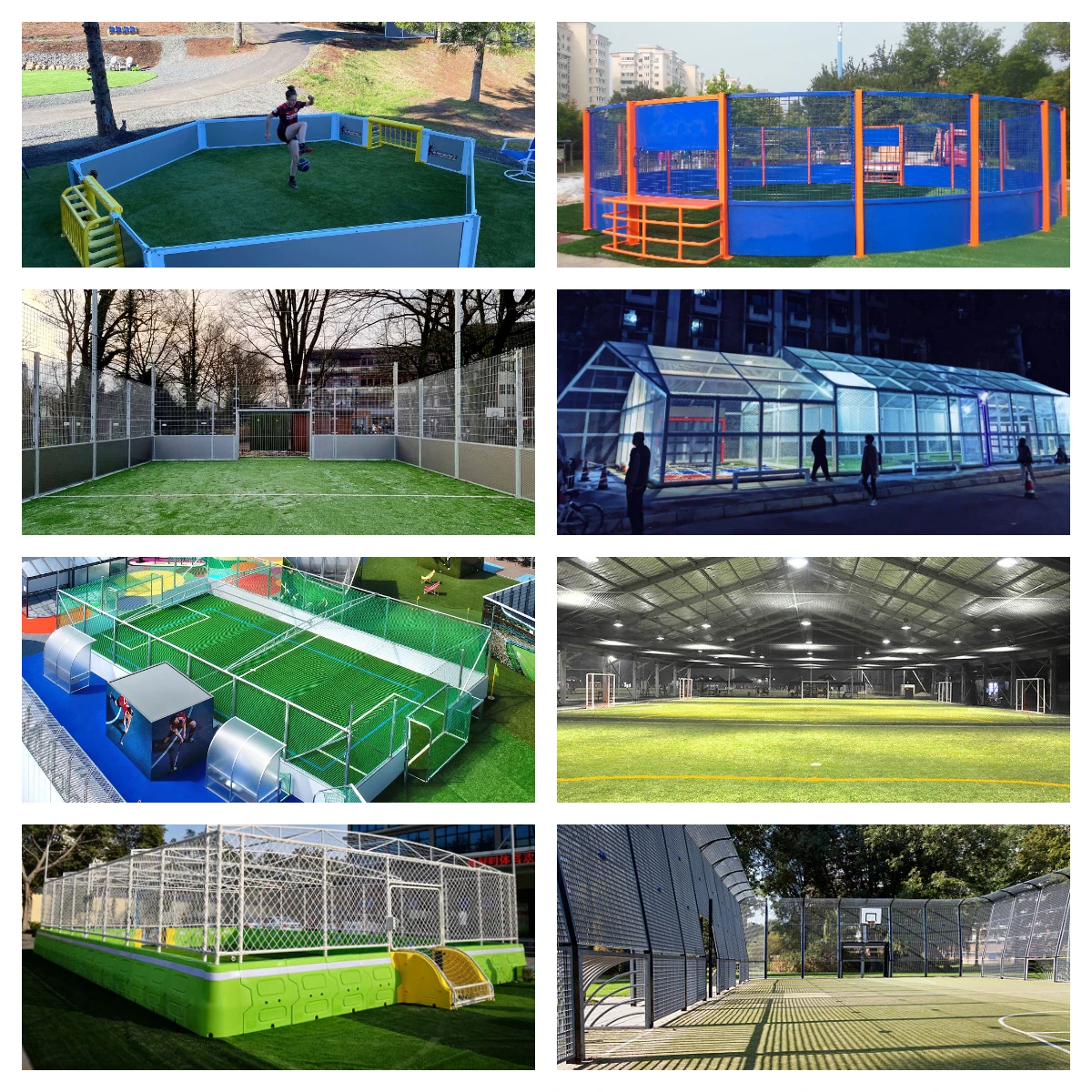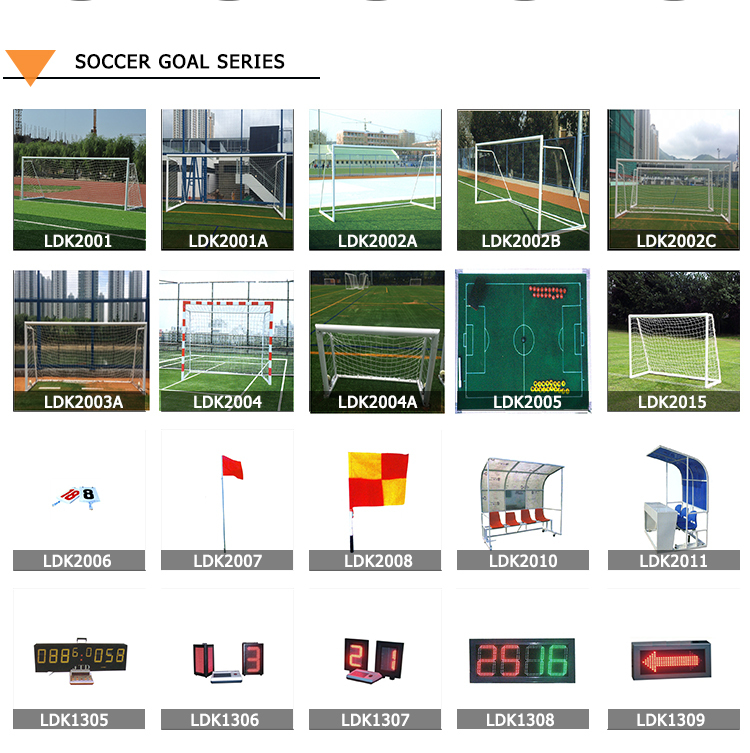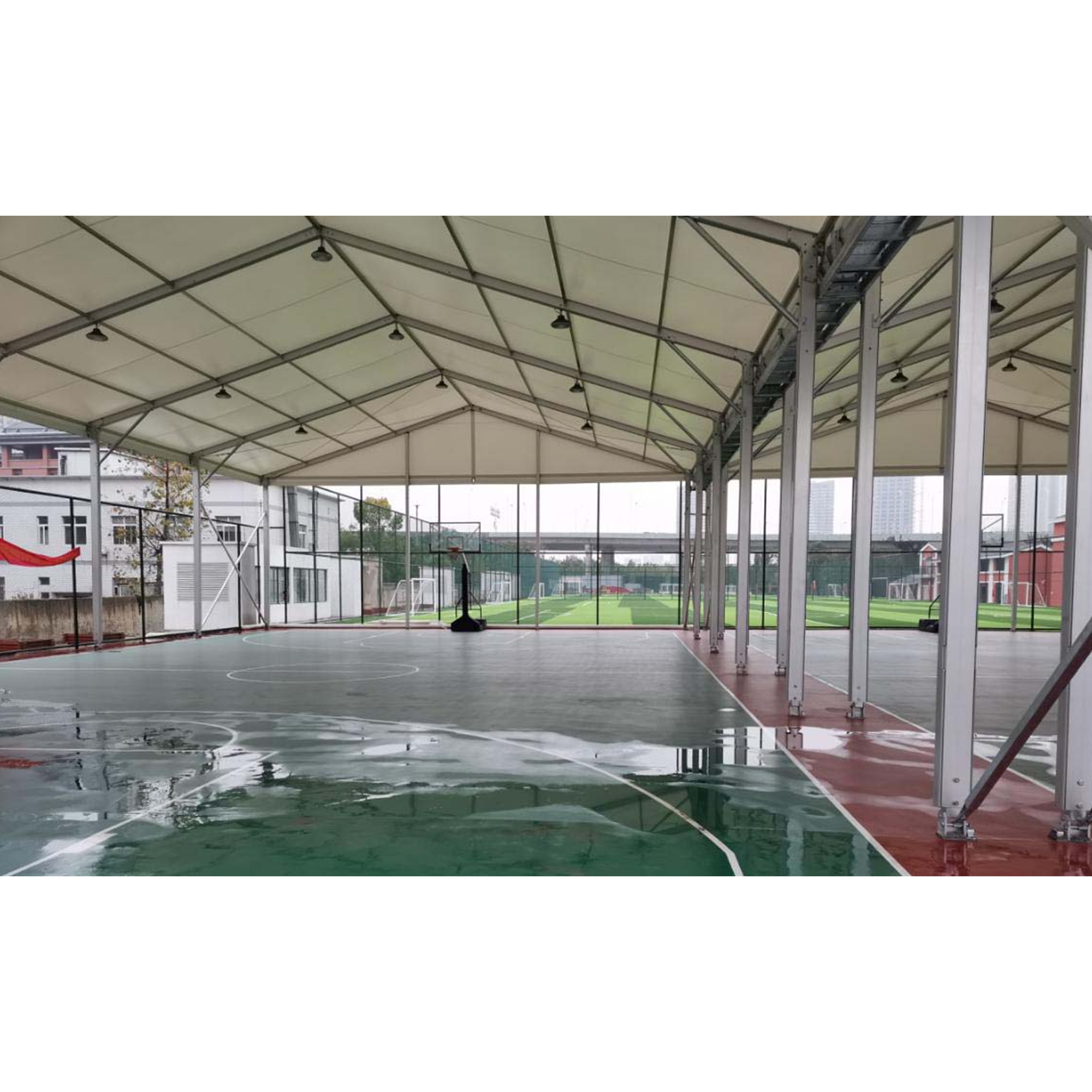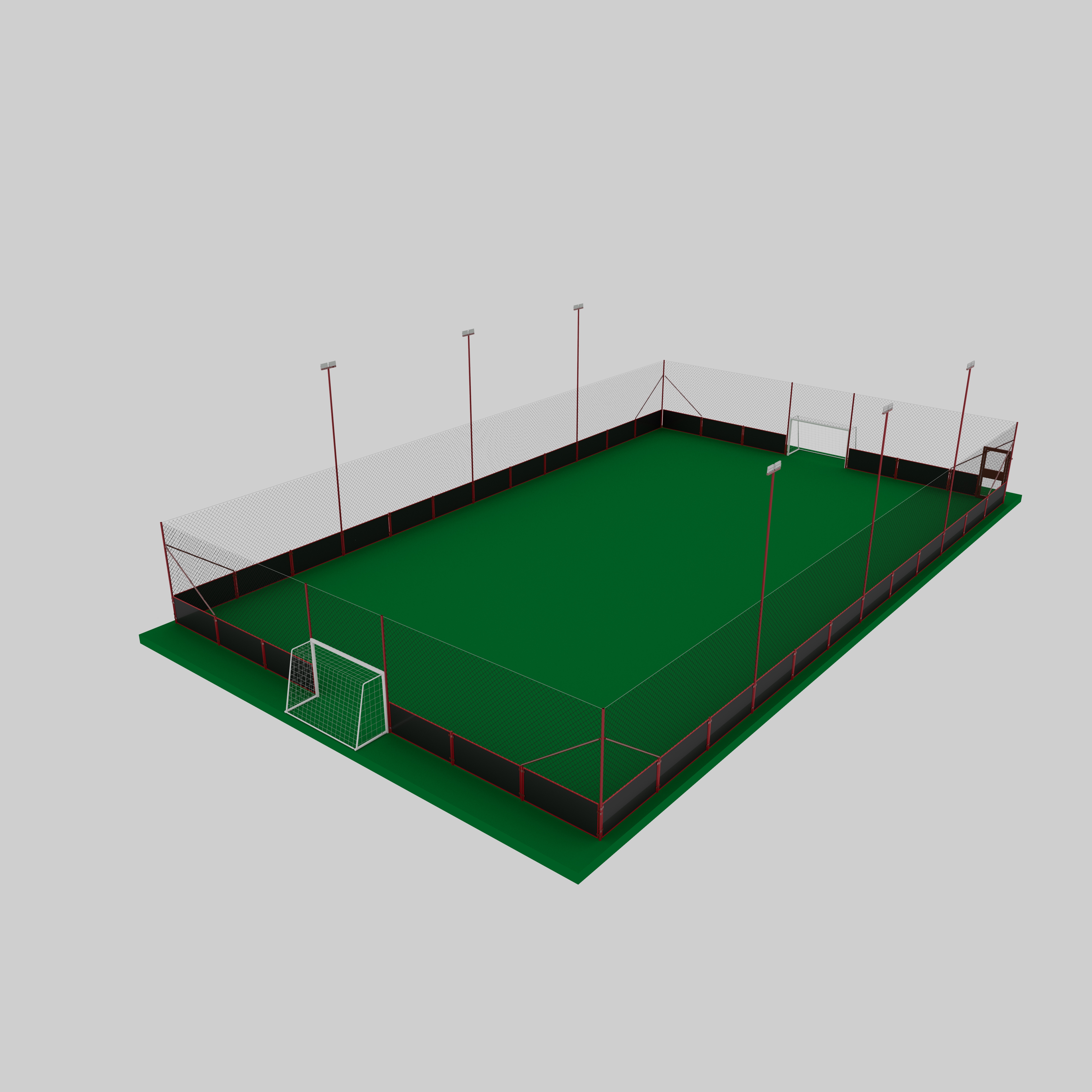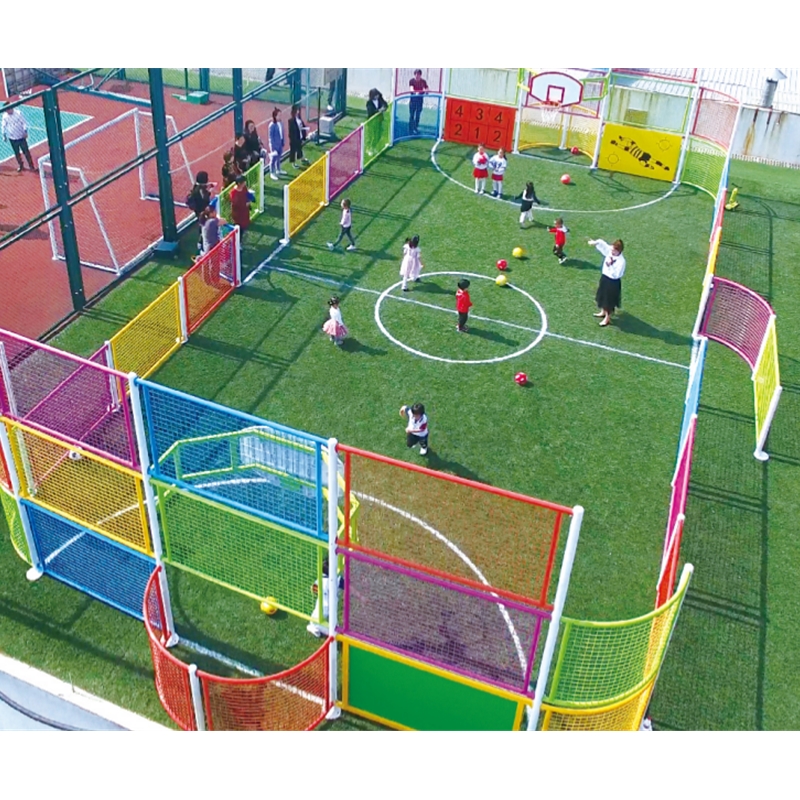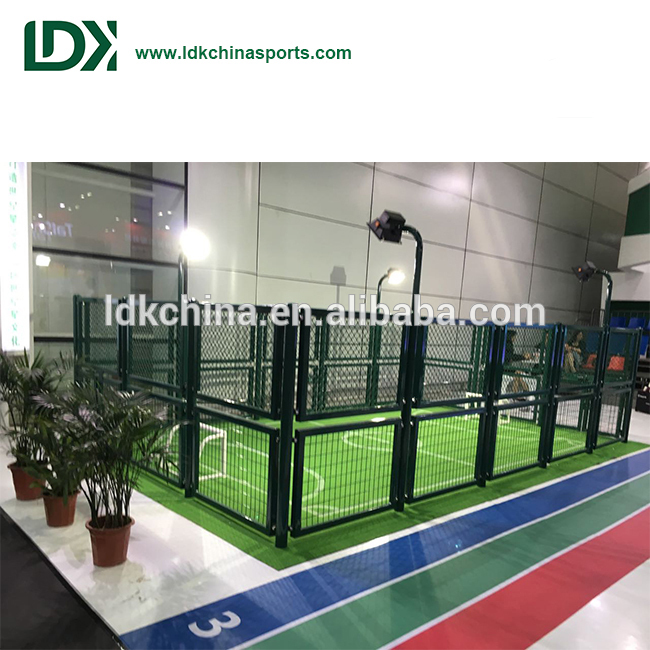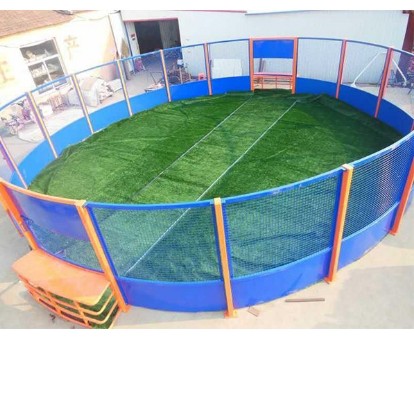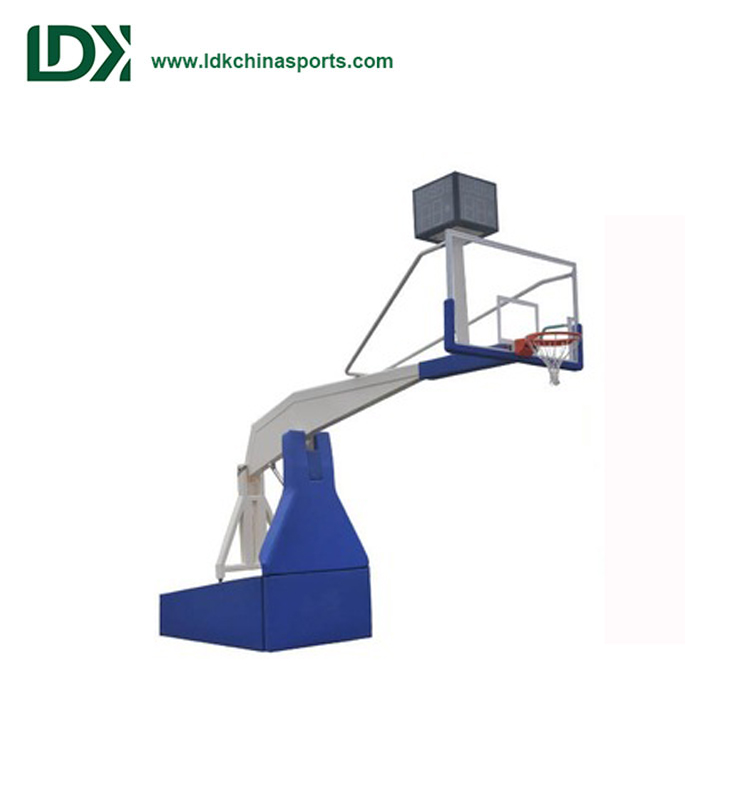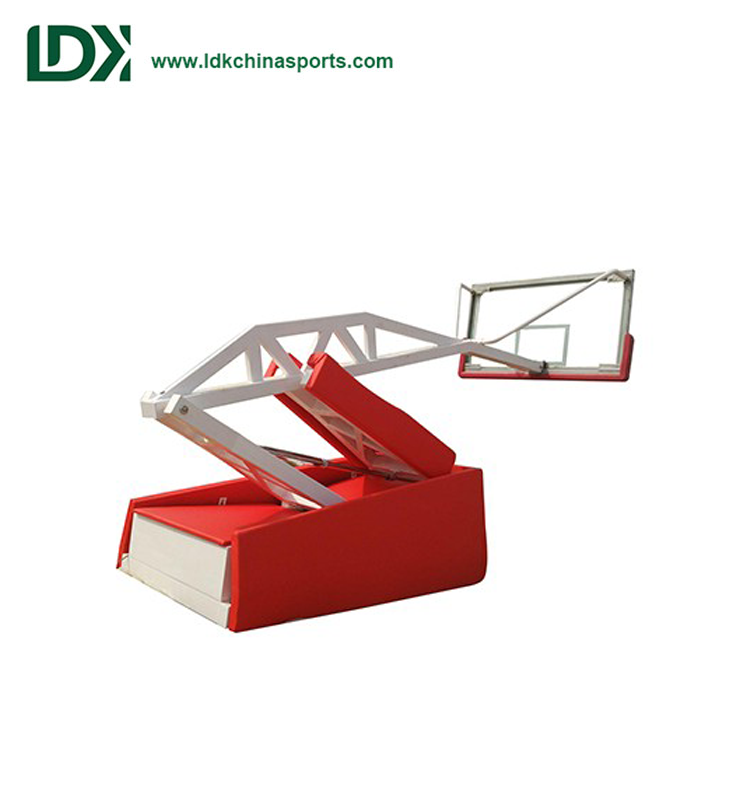Recently, there have been frequent reports in newspapers about amateur players suffering sudden deaths or serious injuries during games. This raises an important question: How can we participate in amateur soccer matches while minimizing injury risks? Below are eight key precautions compiled by our editors:
Choose Appropriate Weather Conditions
The ideal weather for soccer matches should be mild and overcast. However, players often find themselves competing under scorching heat or freezing winds. Extreme weather strains the body’s limits, indirectly increasing injury risks.
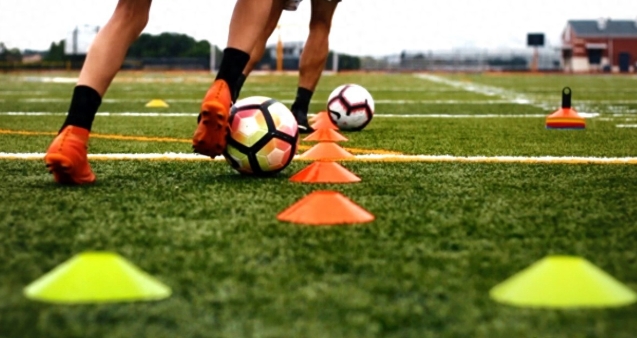
Perform Proper Warm-Up Routines
Develop a habit of jogging around the field twice before matches. This serves as both a warm-up and an opportunity to inspect the field for hazards like uneven terrain. Incorporate dynamic stretches to activate muscle groups and regulate breathing. Avoid jumping into intense play without preparation.
Invest in High-Quality Gear
Select proper soccer cleats (for traction), shin guards (to prevent kicks), and ankle braces (to avoid sprains) based on your budget. Protect areas with prior injuries meticulously—remember, many professional players retire due to recurring old injuries.
Manage Rest and Hydration
Request substitutions when fatigued. In hot weather, hydrate regularly with small sips of electrolyte-rich drinks rather than large amounts at once.
Select Teammates and Opponents Wisely
Avoid teams that prioritize aggressive tackles or excessive physical contact. Amateur matches should focus on enjoying the sport.
Clarify Your Priorities
Assess risks when challenging for dangerous balls. Amateur play isn’t professional competition—avoid high-risk moves like sliding tackles unless absolutely safe.
Respect Opponents and Referees
Control adrenaline-fueled impulses and adhere to rules. Eliminate trash-talking, as verbal provocation often escalates conflicts.
Prioritize Post-Match Recovery
After games, perform structured static stretches and use foam rollers for muscle relaxation. Mental decompression through meditation aids full-body recovery.
Publisher:
Post time: May-23-2025

